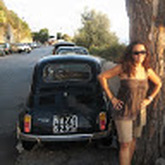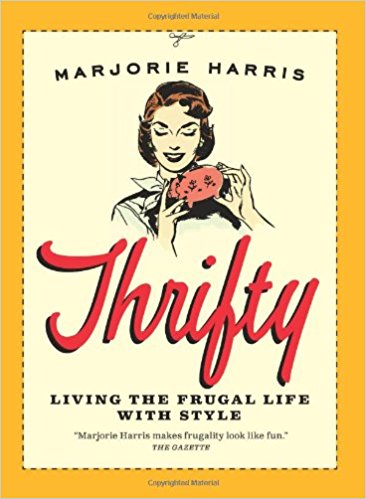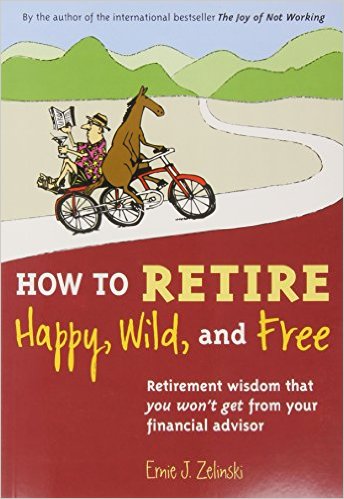
1. Open curtains, blinds or shades on south facing windows in winter and let the sun warm your rooms. In summer, close window coverings on east and west facing windows to keep rooms cool.
2. Close the fireplace damperwhen the fireplace is not in use to prevent heated air from escaping up the chimney. After burning a fire, be sure all embers are out before closing the damper.
3. Unplug block-type chargers, such as phone, computer, small appliance, and toy chargers, from the wall when not in use. If the charger is plugged into the wall it is still on and consuming energy even if you aren’t charging.
4. Clean the lint filter in your clothes dryer after every load and periodically clean the vent. Lint buildup in the filter can cause the dryer to run longer, wasting energy. Lint in the vent can lead to a fire.
5. Turn ceiling fans on low and set blades to force warm air near the ceiling down in winter. Do the reverse in summer, making the blades turn in the opposite direction so cooled air will be forced up.
6. Clean vents, registers, baseboard heaters and radiators for maximum heating or cooling output and make sure they aren’t blocked by curtains, furniture or carpeting.
7. Use heat generating appliances such as clothes dryers and ovens during the coolest time of day. This reduces the load on your air conditioner in the summer and helps heat the house in the winter.
8. Turn off lights in unoccupied rooms and kitchen and bathroom ventilating fans after they’ve done their job. If left on, ventilating fans can blow a house full of heated or cooled air out quickly.
9. Run clothes and dishwashers only when you have a full load.Use the cold water setting on your clothes washer when possible to reduce water heating costs.
10. Take showers instead of baths and set the hot water heater at 120°.You’ll use less water and reduce water consumption and heating costs.



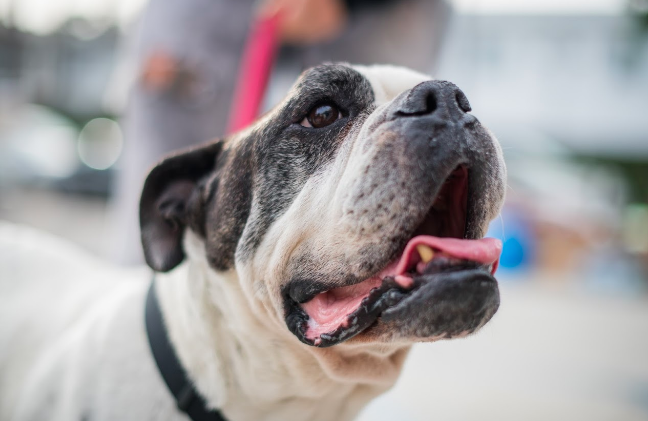

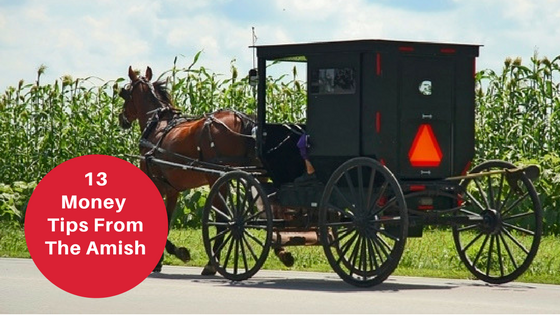








 RSS Feed
RSS Feed






